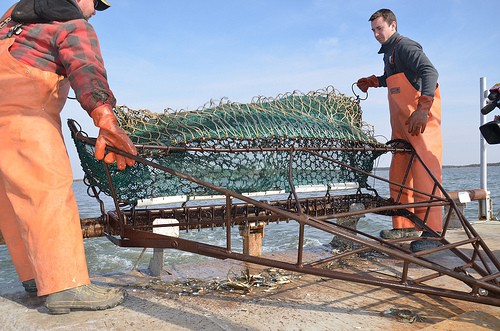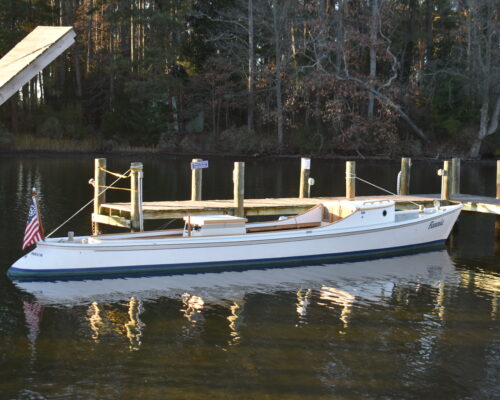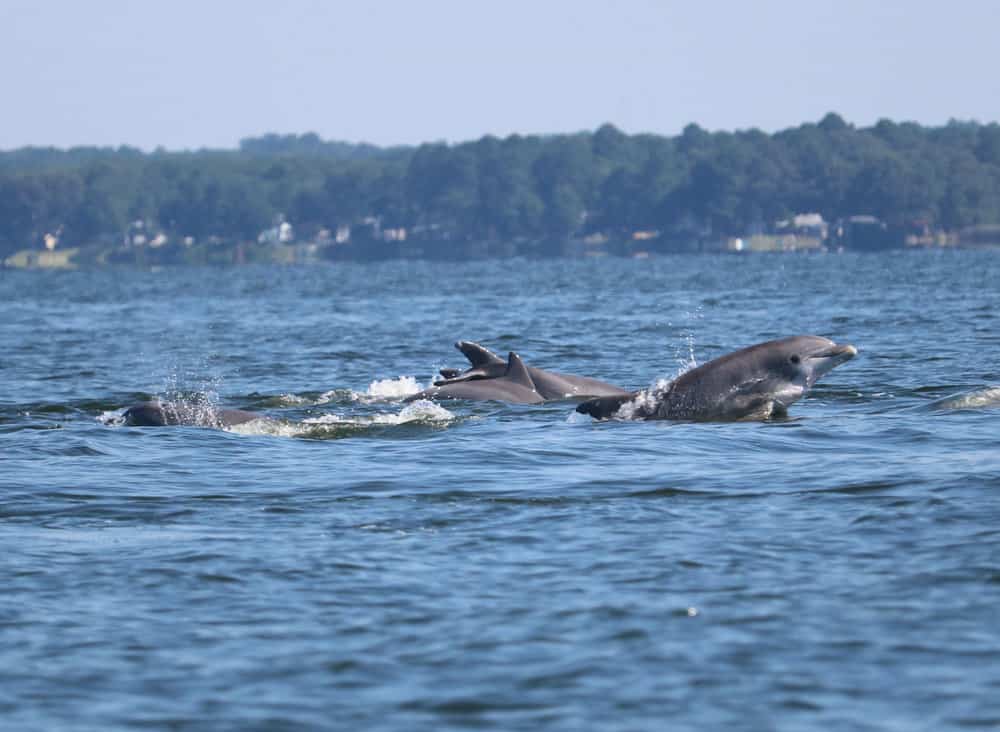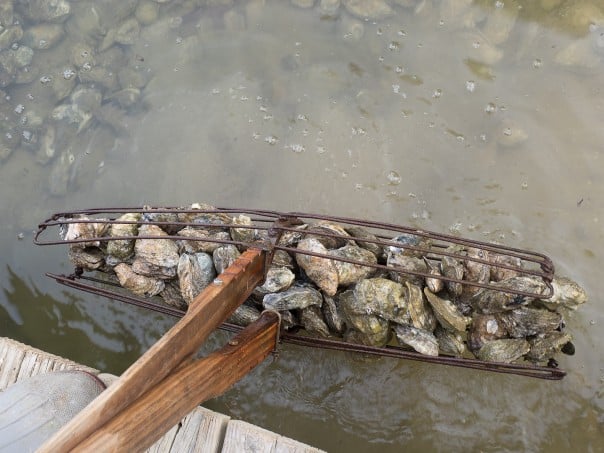For those eagerly awaiting summer crab feasts—and the watermen, crab pickers, and Bay restaurants whose livelihoods depend on them—this week’s news is a big blow.
The 2022 dredge survey, done at 1,500 sites in both the Maryland and Virginia sections of the Bay during the winter, finds the worst total crab abundance in the history of the survey.
The 2022 Baywide Blue Crab Winter Dredge Survey is an annual estimate of the population in the Bay and its tributaries, in which the Maryland Department of Natural Resources (DNR) and the Virginia Institute of Marine Science (VIMS) work together.
The total abundance of blue crab in the Chesapeake Bay in 2022 was 227 million crabs, the lowest number since the survey began in 1990. The number of juvenile crabs in 2022 was 101 million crabs. That’s slightly higher than the 86 million juvenile crabs estimated last year, but this still marks three years in a row below average.
The number of adult male crabs also dropped to a record-low abundance. The number of spawning-age female crabs dropped from 158 million in 2021 to 97 million in 2022. However, they remain above the management threshold of 72.5 million crabs, where they have been for the last eight years in a row.
What may be going wrong for our prized blue crabs?
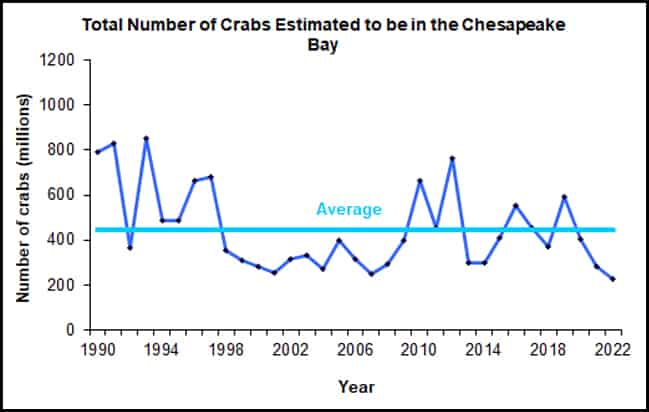
DNR says, “Blue crab reproduction is naturally variable and it is difficult to identify a singular reason for the recent period of low juvenile abundance.”
Because larval blue crabs develop in ocean waters over the continental shelf, oceanic conditions, nursery habitat, and predators can all impact the population’s success.
The Chesapeake Bay Foundation has a theory of its own. Senior Regional Ecosystem Scientist Chris Moore says in a statement, “This year’s survey follows two consecutive years of declines in the coverage of underwater grasses, one of the most important habitats for blue crabs in the Chesapeake Bay. It is likely that the loss of grasses is contributing to the blue crab’s decline, along with water quality challenges and predation by invasive blue catfish.”
Calling the crab downturn “a worrying trend”, Moore says there’s an urgent need to protect adult females to ensure better numbers in the future. He goes on to say, “Fisheries regulators and scientists must work quickly to identify the key ecosystem factors influencing blue crab recruitment and survival.”
To that end, the Chesapeake Bay Stock Assessment Committee will provide scientific advice based on the survey results this month. The committee is also planning a workshop for fall 2022 to “explore potential recruitment drivers”.
DNR, the Virginia Marine Resources Commission, and the Potomac River Fisheries Commission have maintained harvest of blue crabs at the safe levels determined in the last stock assessment for the last 14 years. Despite those efforts, adult blue crab populations continue to drop. The agencies will work together to consider management measures for the current crabbing season.
To read the detailed results of the dredge survey, visit the DNR website.
-Meg Walburn Viviano

